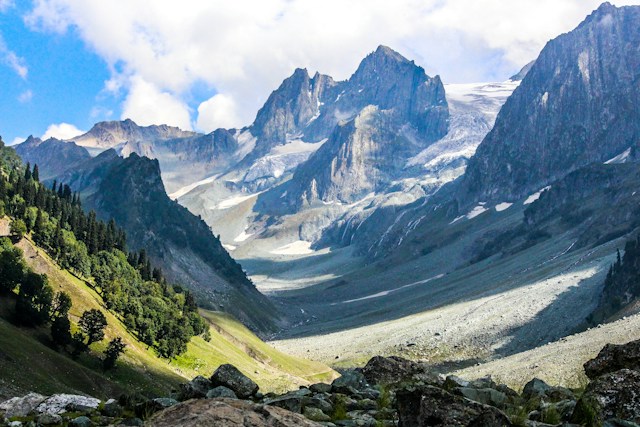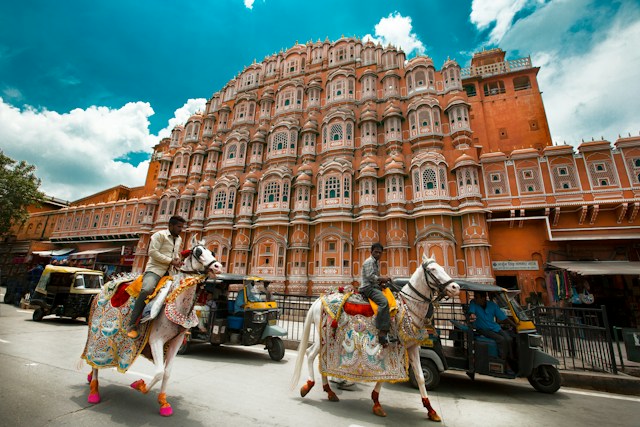Day 1: Arrival and Naha Exploration
Morning:
- Arrival in Naha: Fly into Naha Airport, Okinawa’s main gateway. Transfer to your accommodation in Naha.
- Shurijo Castle: Start your exploration with a visit to Shurijo Castle, a UNESCO World Heritage site that showcases Okinawa’s unique Ryukyu heritage. Wander through the castle grounds and learn about its history.
Afternoon:
- Tsuboya Pottery District: Explore the Tsuboya Pottery District, famous for its traditional Okinawan pottery, known as “yachimun.” Visit local shops and the Tsuboya Pottery Museum.
- Kokusai Dori Street: Head to Kokusai dori Street, Naha’s main shopping and entertainment area. Enjoy lunch at a local restaurant and try Okinawan specialties like goya champuru (stir-fried bitter melon) and Okinawa soba.
Evening:
- Makishi Public Market: Visit the Makishi Public Market, also known as “Naha’s Kitchen,” for fresh seafood and local produce. Enjoy dinner at one of the market’s eateries.
- Nightlife in Naha: Explore the vibrant nightlife of Naha, with its bars, izakayas, and live music venues.
Day 2: Southern Okinawa and Okinawa World
Morning:
- Okinawa World: Start your day with a visit to Okinawa World, a theme park that offers insights into Okinawan culture and history. Explore Gyokusendo Cave, one of Japan’s longest limestone caves.
- Habu Museum Park: Learn about the local habu snake and its role in Okinawan culture at the Habu Museum Park within Okinawa World.
Afternoon:
- Ryukyu Glass Village: Head to Ryukyu Glass Village to see traditional glass-blowing techniques and buy unique handmade glass souvenirs.
- Peace Memorial Park: Visit Peace Memorial Park in Itoman, dedicated to those who lost their lives in the Battle of Okinawa. Explore the park’s monuments and the Okinawa Prefectural Peace Memorial Museum.
Evening:
- Sunset at Cape Chinen: End your day with a scenic drive to Cape Chinen for breathtaking sunset views over the Pacific Ocean.
Day 3: Central Okinawa and Churaumi Aquarium
Morning:
- Churaumi Aquarium: Drive to the northern part of Okinawa to visit Churaumi Aquarium, one of the largest and most impressive aquariums in the world. Don’t miss the Kuroshio Sea tank with its whale sharks and manta rays.
- Ocean Expo Park: Explore the surrounding Ocean Expo Park, which includes tropical gardens, a traditional Okinawan village, and beautiful beaches.
Afternoon:
- Nakijin Castle Ruins: Visit the nearby Nakijin Castle Ruins, another UNESCO World Heritage site. Wander through the ancient stone walls and enjoy panoramic views of the ocean.
- Kouri Island: Drive across the iconic Kouri Bridge to Kouri Island, known for its crystal-clear waters and scenic coastline. Relax on Kouri Beach and try local treats like coconut shrimp.
Evening:
- Dinner in Nago: Head to Nago for dinner. Enjoy fresh seafood at a local restaurant, and try Okinawan dishes like tacorice (taco rice) and soki soba (pork rib noodles).
Day 4: Northern Okinawa and Relaxation
Morning:
- Cape Manzamo: Start your day with a visit to Cape Manzamo, a scenic cliff offering stunning views of the East China Sea. This spot is perfect for photos.
- Bise Fukugi Tree Road: Explore the Bise Fukugi Tree Road, a picturesque path lined with ancient Fukugi trees leading to the coast. It’s a peaceful area for a morning stroll.
Afternoon:
- Okinawa Fruits Land: Visit Okinawa Fruits Land in Nago, where you can sample a variety of tropical fruits and enjoy fun, fruit-themed attractions.
- Relax at Sesoko Beach: Spend your afternoon relaxing at Sesoko Beach. Enjoy the white sand, clear waters, and various water activities like snorkelling and kayaking.
Evening:
- Dinner in Chatan: Drive back south and stop in Chatan for dinner. Visit the American Village, a lively entertainment complex with shops, restaurants, and a Ferris wheel. Enjoy a variety of dining options, including international cuisine and local favourites.
Additional Tips:
- Getting Around: Renting a car is the most convenient way to explore Okinawa. Public transportation is limited, especially in more remote areas.
- Local Cuisine to Try: Don’t miss Okinawan specialties like umibudo (sea grapes), rafute (stewed pork belly), and sata andagi (Okinawan donuts).
- Weather Considerations: Okinawa has a subtropical climate, so pack light, breathable clothing, and be prepared for occasional rain showers.





















